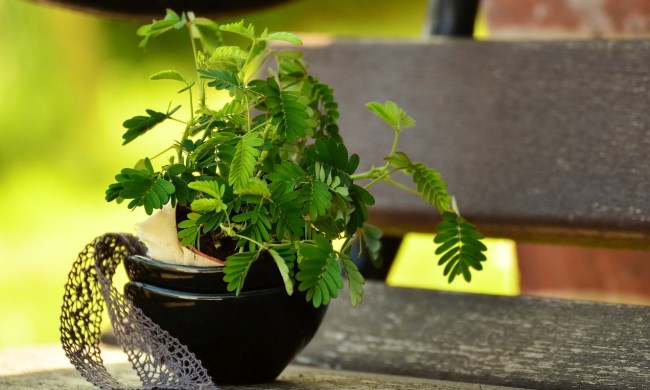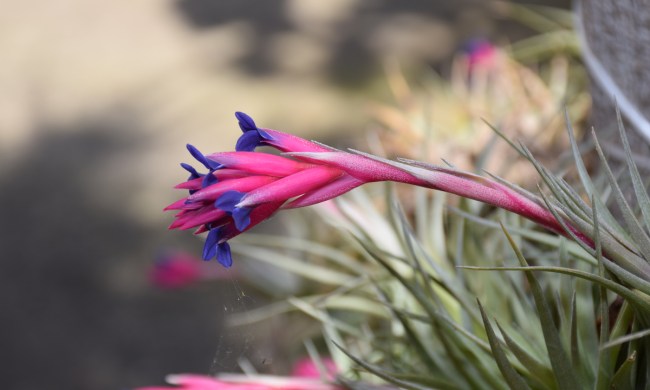Fiddle-leaf fig trees are not for the novice indoor gardener. Reaching heights of up to 10 feet and with a delicate disposition to boot, proper care and maintenance can take some doing. But in return, fiddle-leaf fig owners get an elegant companion with a knack for making any spot more vibrant.
Known for their huge deep green leaves, fiddle-leaf fig trees, which typically don't produce fruit indoors, are temperamental and highly sensitive to a number of stimuli. When something goes wrong, it can manifest as brown spots on its leaves. Not a pretty sight.
Is the fiddle-leaf fig in your life getting a little spotty? Never fear. We have the information you need to effectively treat those fiddle-leaf fig brown spots.
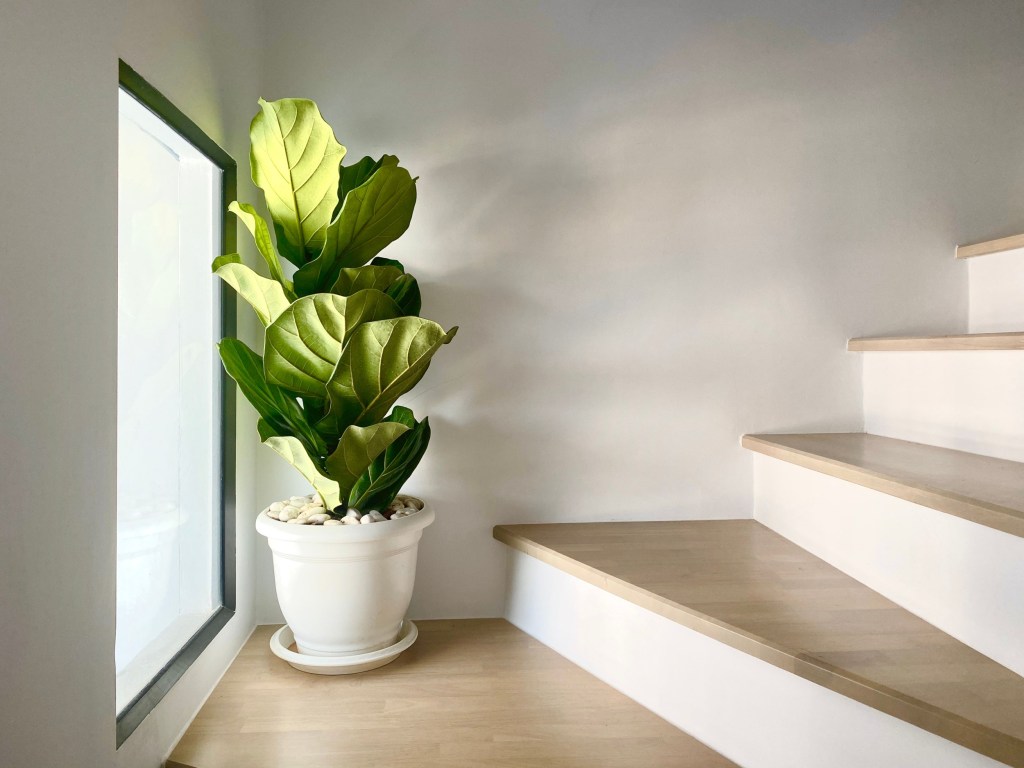
Fiddle-leaf fig trees: General maintenance
Named for the exact reason you'd expect — their leaves look like fiddles — fiddle-leaf fig trees are native to Western Africa. In its heart, this is a rainforest plant.
As such, it favors warm, moist conditions, and these can be challenging to recreate. And that's just one of the issues fiddle-leaf fig owners have to face. Good fiddle-leaf fig care can help prevent problems, including brown spots. Key maintenance tips include:
Step 1: When watering, keep the soil evenly moist, watering when the soil is nearly dry. (A moisture meter can help you get a precise read on when to water.)
Step 2: Keep the soil drained and do not overwater.
Step 3: Place in bright indirect sunlight, but keep your tree away from drafty areas.
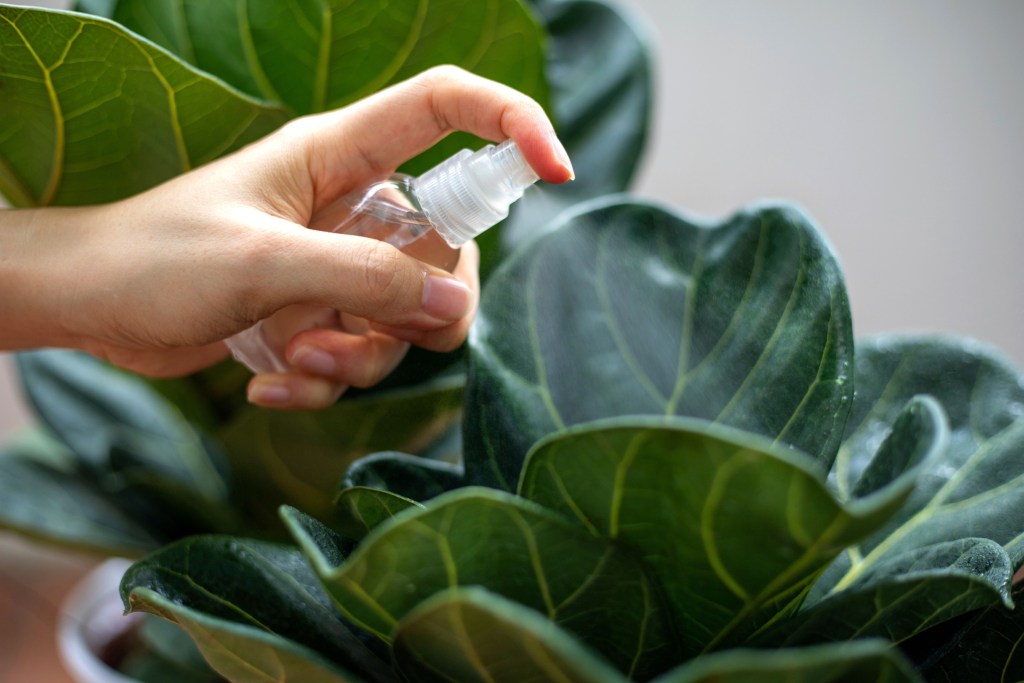
Step 4: Increase humidity around the leaves by misting regularly, using a pebble tray or investing in a humidifier or vaporizer.
Step 5: Don't move it around, as it can put the tree into shock. Find a good spot and stick with it.
Step 6: Keep the space between 60 and 75 degrees Fahrenheit, making sure the temperature stays as constant as possible.
Step 7: Gently wipe the leaves regularly with a microfiber cloth to remove dust and debris.
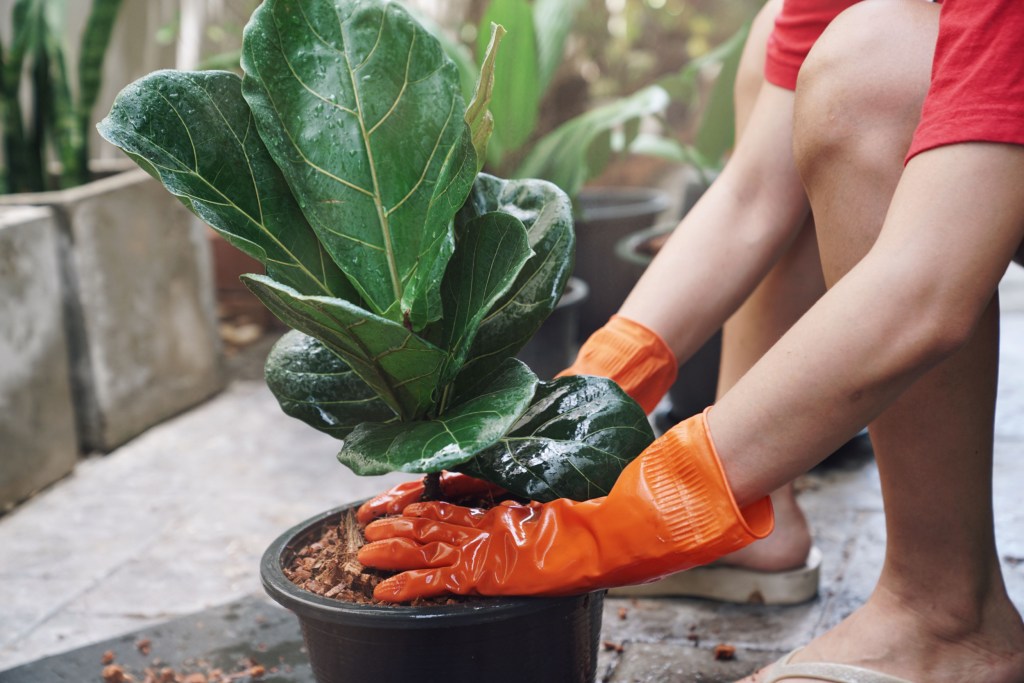
How to treat brown spots
Lapses in the fiddle-leaf fig maintenance plan — admittedly rather involved in this case — can lead to brown spots on the leaves. As a general rule for all plants, think of brown spots as the symptom of a larger disease. The real key is diagnosing the "root" of the problem.
Here's how to diagnose those brown spots and stop them in their tracks.
Step 1: Root rot
If you're overwatering or the pot isn't draining adequately, root rot can set in and eventually create spots on the leaves. Check the roots, and if they're dark and mushy, this is your problem.
Step 2: Edema
Spots caused by this condition also can occur from overwatering. In this case, the spots appear on younger leaves.
Step 3: Underwatering
Leaves can form spots and wilt if the plant isn't getting enough water. If you have this problem, simply increase watering — just be careful not to overcompensate by overwatering.
Step 4: Sunburn
In yet another sign of its endless finickiness, sunlight that's too direct can scorch the fiddle-leaf fig's delicate leaves. Gently adjust the tree's position and trim away burned leaves.
They are divas to be sure, but this charismatic species is popular for a reason. Keeping moisture levels consistent and within the desired range is essential. Fiddle-leaf figs are beautiful trees that just need a little extra TLC to come into their fullest expression. Brown spots are a plant's cry for help, so with this information at hand, you're in a position to get to the root of the problem more quickly.


